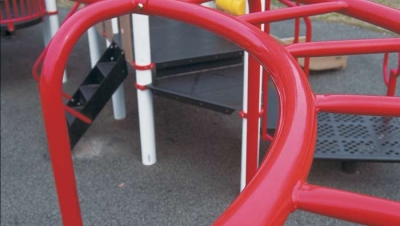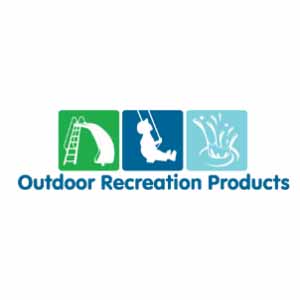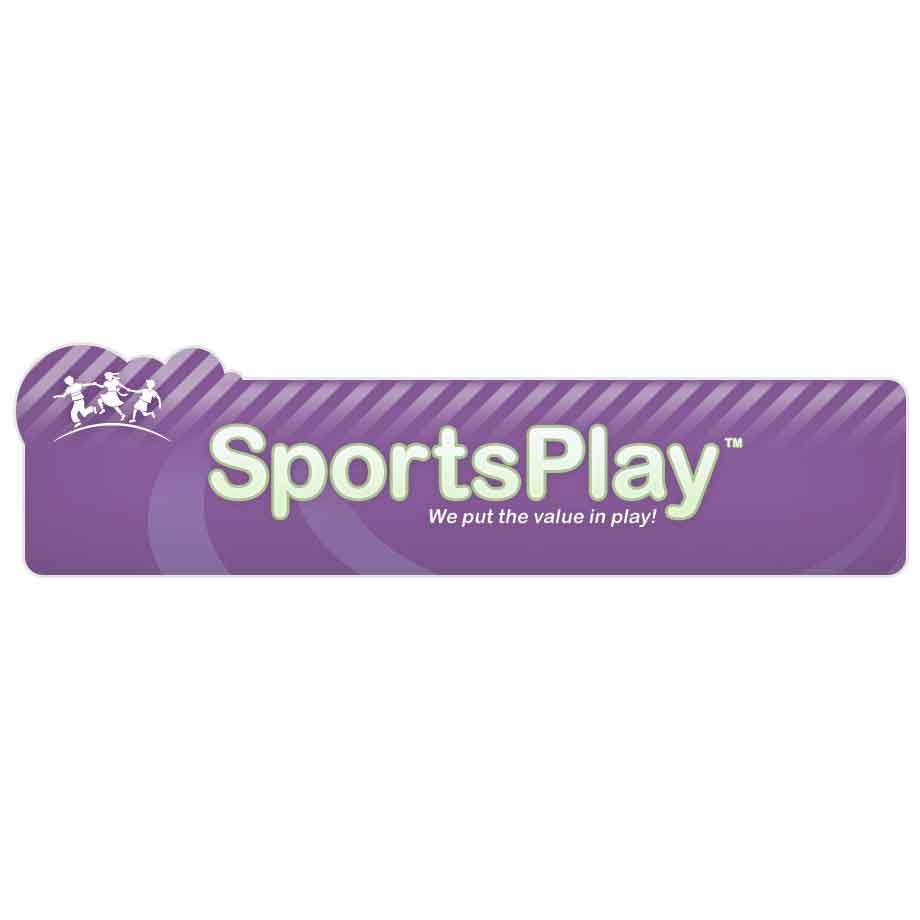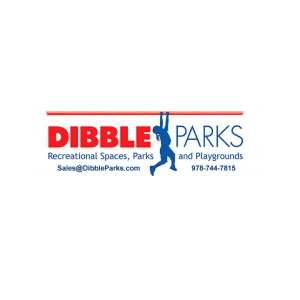A successful liaison
IPEMA is the acronym for International Play Equipment Manufacturers Association. There may be some differing opinions about the original intention for starting this exclusive group of play equipment manufacturers, but in a general sense, IPEMA was started to raise the bar for play equipment manufacturing and hold manufacturers to a high standard of care by active voting members. The outcome or result, after a decades of influence on the industry, is this and much more. IPEMA is a success story of how industry-related organizations, even competing ones, have managed to keep government regulators at bay. IPEMA is a success story of how working together for the common good has strengthened the marketplace overall and allows individual members to gauge their strengths and weaknesses in that marketplace. IPEMA also gives consumers a way to measure differences between ASTM-compliant playground equipment and non-compliant equipment.
Mere membership with IPEMA does not mean one manufacturer’s playground equipment is better than another that is not a member. IPEMA membership merely means you paid your dues. In fact, you don’t even have to be a manufacturer to be a member of IPEMA. Associate membership, although without voting member rights, is available to any company or individual with an interest in playgrounds. So why do manufacturers want their customers to know they are members of IPEMA? Being able to plaster the IPEMA member logo on your website and in your catalog is standard operating procedure for IPEMA members. It’s clout. It’s a way of saying you’re proud to be part of a group that can stand together as one voice on issues all can agree on, such as the safety of children.
The one thing that distinguishes one manufacturing member from another is a third-party certification program in which, for a price, members can participate by having any or all of their products validated by a third-party testing company to prove compliance with ASTM standards. Many manufacturer members have at least some of their products third-party tested. Some have nearly all their products tested. The subtle difference between the IPEMA logo for membership and the IPEMA logo for certification is worthy of note to consumers.
An ASTM document E 1906, the Standard Guide for General Requirements for Bodies Operating Product Certification Systems, sets forth universal criteria for a third-party tester. In simpler terms any IPEMA manufacturing member may have their products validated, meaning they pass the test for which they are being validated, by a non-biased third party so the products that are found to be in compliance may wear the IPEMA certification logo—different than the membership logo.
Applicable standards to evaluate products are tailored for each program or product. The average time for a manufacturer to get a product validated for use of the IPEMA certification logo is about six months but depending on variables can take longer. The number one concern and goal of third-party testing is to be certain that a manufacturer can repeat production and distribution of the complaint product to the consumer. As a product passes and is signed off, the manufacturer may use the IPEMA certification logo until the product changes, the standard changes—or a minimum of every five years with at least 20 percent of a participating manufacturer listed components every year. Because certification requires compliance to applicable ASTM standards on a continuing basis year after year, a manufacturer’s work is never finished, and consumers are assured that the ongoing process means compliance with a product is current.
IPEMA headquarters are in Harrisburg, PA. For more information, call 800-395-5550, or visit www.ipema.org. The website is a great resource for learning more about third-party certification and the other things IPEMA has done to improve the industry and help hold industry players accountable for their actions to the public they serve.




















